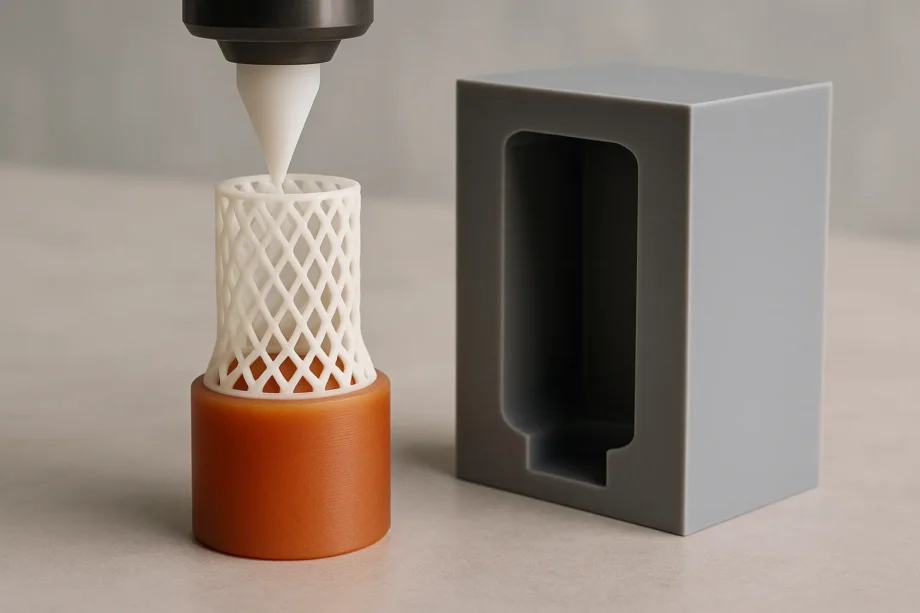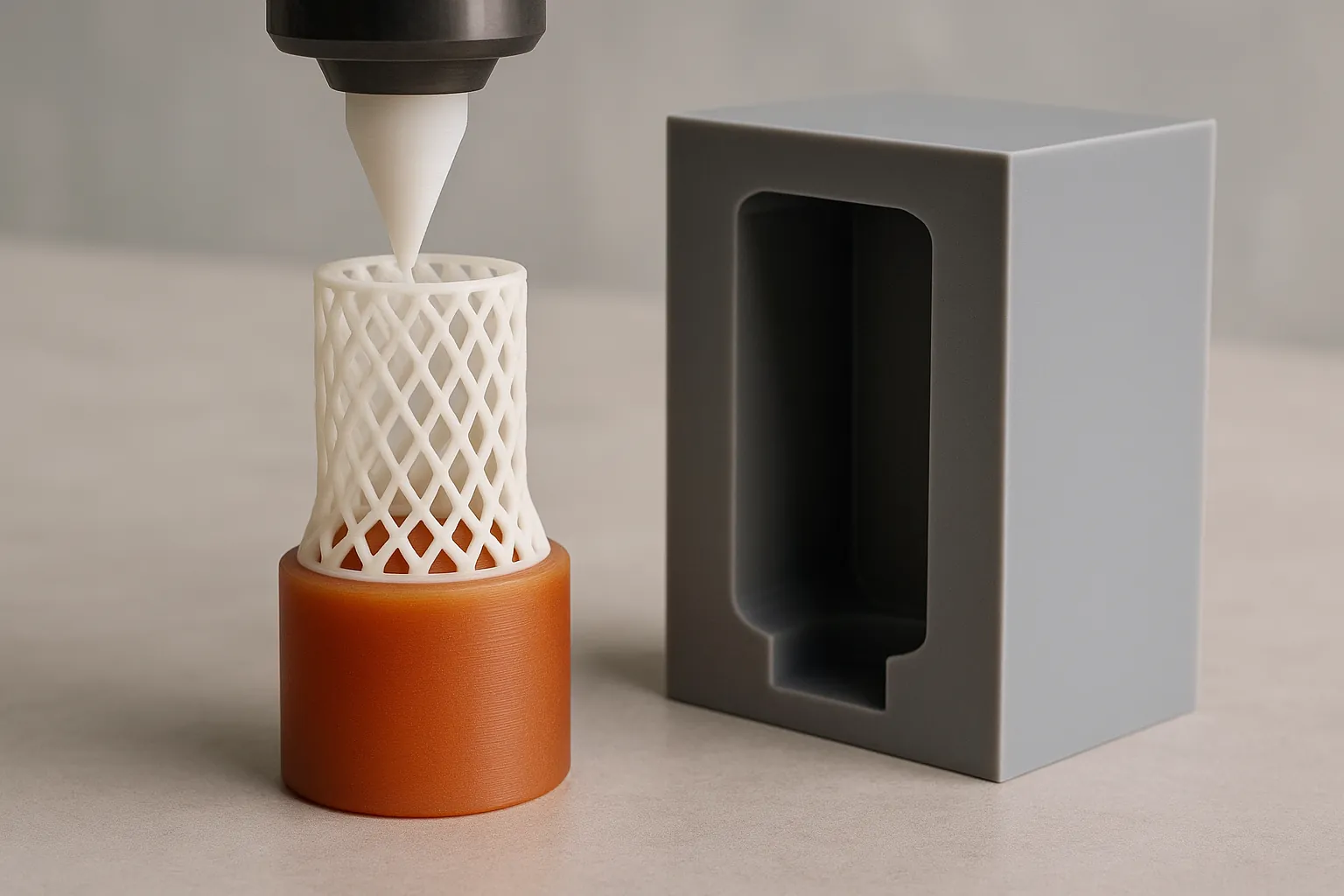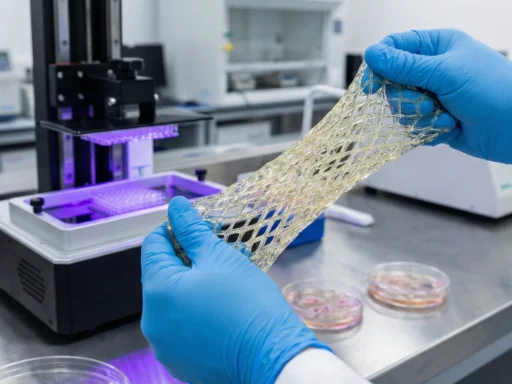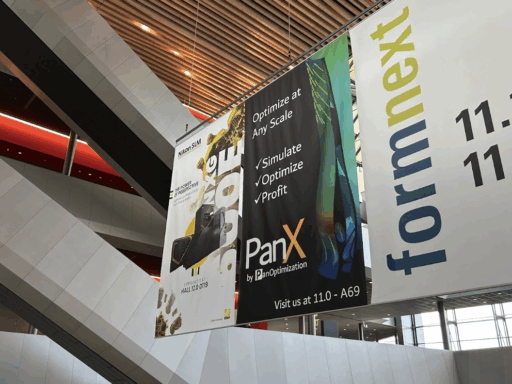Engineers at Johns Hopkins University have unveiled an innovative hybrid manufacturing method, HyFAM (Hybrid Formative-Additive Manufacturing), set to revolutionize 3D printing by tackling the long-standing speed versus quality dilemma, according to the school’s news portal. This groundbreaking approach, recently described in Advanced Materials, cleverly combines the precision of additive manufacturing with the efficiency of formative techniques, such as casting and molding.
“Instead of viewing additive and formative manufacturing as competing methods, we had the idea to marry the two,” explained Jochen Mueller, CaSE assistant professor and principal study author, in an interview. “By combining the benefits of each, we created a new production method that also overcomes some of their major drawbacks,” he stated on the university’s news page. The findings of this significant research have been published in the journal Advanced Materials.
HyFAM strategically employs a casting-like process to quickly fill substantial, less detailed sections of an object, while keeping traditional 3D printing for intricate features and outer surfaces. This smart combination bypasses the time-consuming process of printing every minute detail voxel by voxel when only specific areas need high resolution. Team member Nathan Brown, a doctoral candidate and first author of the paper, said, “Additive manufacturing offers significant detail, but when you use a small nozzle to achieve it, the entire process slows down. This becomes a real hindrance in parts with large internal features and widely-varying feature sizes.“
Mueller shared that HyFAM can achieve speeds 10 to 20 times faster than conventional 3D printing for objects with substantial cast-like components and roughly twice as fast for detail-intensive prints. To demonstrate its versatility, the researchers printed objects using a diverse range of materials, including silicone, ceramics, metals, epoxy, cement, clay, and even chocolate. The infill stage of HyFAM can span multiple layers, fostering uniform bonding and helping to avoid common 3D printing flaws. While acknowledging that “HyFAM is less advantageous for highly intricate, uniform objects,” Mueller believes its unique blend of speed, material flexibility, and design complexity positions it as “a promising solution for a wide variety of industries, from construction to soft robotics.” Future research will focus on expanding HyFAM’s capabilities with more materials and mechanical properties.






